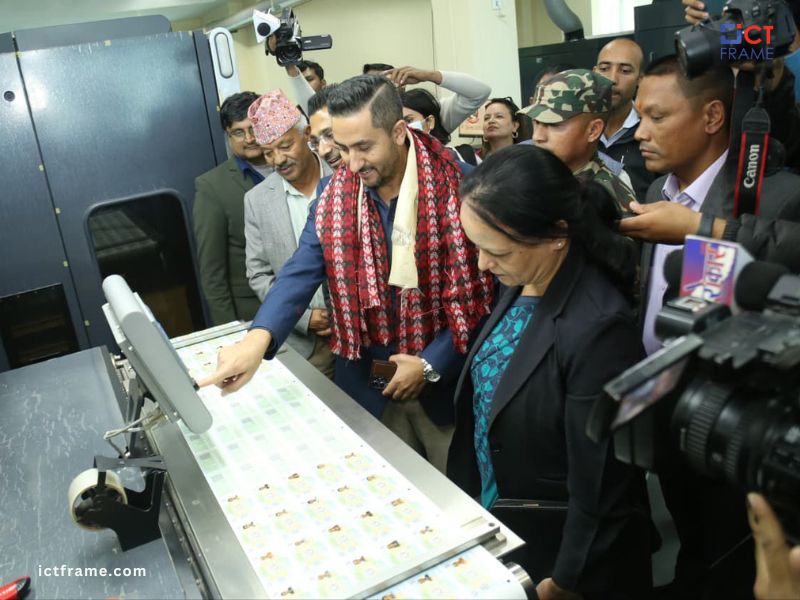Nepal License Printing Security Centre Begins In-House Production
Nepal License Printing Security
7th November 2025, Kathmandu
In a significant move towards technological and security self-reliance, the Government of Nepal has commenced printing driver’s licenses using its own infrastructure.
Nepal License Printing Security
The Security Printing Centre (SPC), operating under the Ministry of Communication and Information Technology, officially began printing new licenses today.
This landmark step in Nepal License Printing Security Centre operations marks a major shift from relying on foreign contractors for printing sensitive national documents.
Minister of Communication and Information Technology, Jagadish Kharel, inaugurated the printing process by pressing the button on the machine at the Centre, located in Banepa, Kavre.
The Minister emphasized that the commencement of printing was achieved despite numerous legal and logistical hurdles, representing a firm commitment to providing good governance to the public.
Reviving Idle Infrastructure
Minister Kharel noted the challenging state of the equipment before the printing began. He disclosed that the valuable machines and associated parts at the Security Printing Centre had been left idle and neglected for years, accumulating dust in a facility that resembled a derelict structure.
“The machines under the Security Printing Centre were just sitting idle for years,” Minister Kharel stated. “The machines and parts were covered in dust.
The whole place was like a ruin. We dusted everything off and started the printing work.” He underlined that substantial effort and resolve were required to actively activate the long-dormant infrastructure.
Addressing the Massive Backlog
The launch is critically important for addressing a national bottleneck. Minister Kharel highlighted the staggering backlog: “We have about 2.8 million driver’s licenses to print.” He noted that licenses were previously limited to simple paper receipts (“chit kagaj”).
Starting the in-house printing process is designed to urgently address this immense backlog. The Department of Transport Management (DoTM) has signed an initial agreement with the SPC to print 1.2 million licenses within the next three to six months.
This immediate target focuses on urgent cases and the longest-pending applications. The SPC claims a high capacity, offering a clear path to fully resolve the issue quickly if budgetary allocations are secured for the remaining backlog. This action replaces the previous system, where security concerns and financial outflow were constant issues.
Policy Reform for National Security
Minister Kharel pointed out the policy failure that had long allowed sensitive printing work to be consistently outsourced to foreign contractors.
This practice included licenses, passports, National ID cards, and other essential government documents. This resulted in significant national revenue flowing out of the country and posed considerable risks to data security.
He stressed that even though the necessary infrastructure and resources were available domestically, policy constraints prevented the Centre from operationalizing the printing work.
The Minister confirmed that the decision to start printing was backed by necessary policy reforms, allowing the SPC to leverage its own capacity.
The in-house operation actively addresses both the security concerns and the financial outflow issues that plagued the former system.
The ability to print essential documents like licenses and passports directly supports the goal of establishing digital sovereignty for Nepal. This systemic change ensures the nation retains full control over the data and production of its official identification documents.
For more: Nepal License Printing Security








